Palaeobiogeography of Marine Fossil Invertebrates —— Concepts and Methods
----- 海洋化石无脊椎动物的古生物地理学
INTRODUCTION Processes of Speciation and Biogeography Biogeography: Neo-and Palaeobiography The Aims of Palaeobiography The Different Biogeographies GENERAL BIOGEOGRAPHICAL CONCEPTS The Main Distributional Patterns The Three Main Categories of Biogeographical Processes CLASSICAL THEORETICAL MODELS: DISPERSAL AND VARIANCE Barriers and Filters The Dispersal Model and the "Centre of Origin" Panbiogeography The Variance Model Centres of Origin in Palaeobiogeography BIOGEOGRAPHIC ANALYSES AND BIOGEOGRAPHICAL CLASSIFICATION Rationales Limits and Constraints of Paleobiogeography Definition of Biogeographic Units: Qualitative Criteria Quantitative Criteria (Phenetics) Are Biotic Provinces Objective? ANALYTICAL METHODS OF HISTORICAL PALAEOBIOGEOGRAPHY The Method of Cladistics Biogeography Brook's Parsimony Analysis (BPA) Parsimony Analysis of Endemicity (PAE) Retrovicariance Biogeography LARVAL BIOGEOGRAPHY Types of Larval Development Larval Development in Some Groups of Marine Invertebrates Rates of Dispersion Palaeocurrents Larval Development and Evolutionary Implications PALAEOBIODIVERSITY AND PALAEOBIOGEOGRAPHY Biodiversity in Palaeontology Communities and Guilds Biogeographical Patterns of Biodiversity Equilibrium Theory and Species-Area Relationships Are Extinctions Related to Sea-Level Falls? The Biogeography of Mass Extinctions Disturbance Events and Deviations from Specie-Area Predictions PALAEOGEOGRAPHY AND PALAEOGEOGRAPHIC RECONSTRUCTIONS Geological Assemblages Marine Corridors and Routes The Problem of the Terranes Longitudinal Patterns: Newton's Model of Pantropical Faunas Index
{{comment.content}}
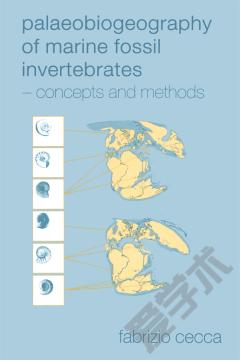
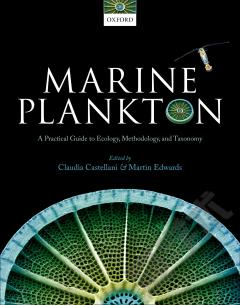
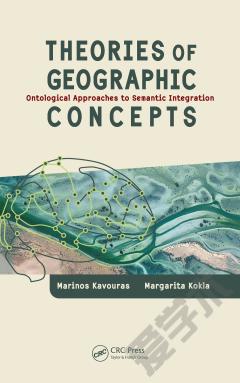
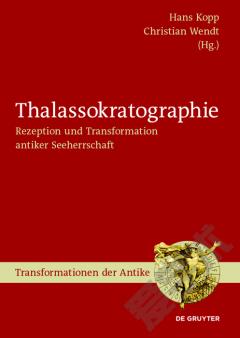
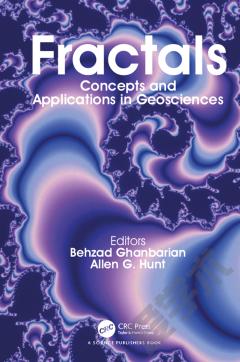

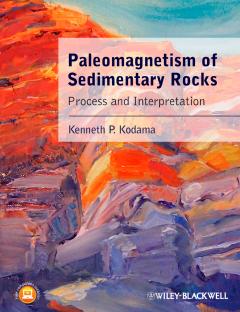

 京公网安备 11010802027623号
京公网安备 11010802027623号